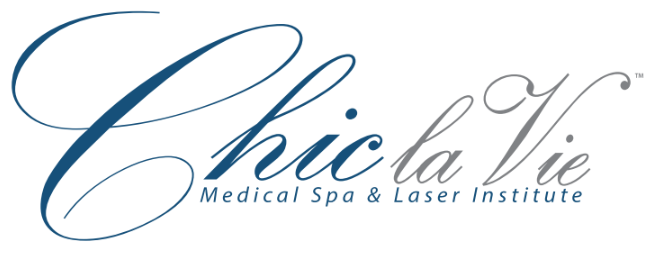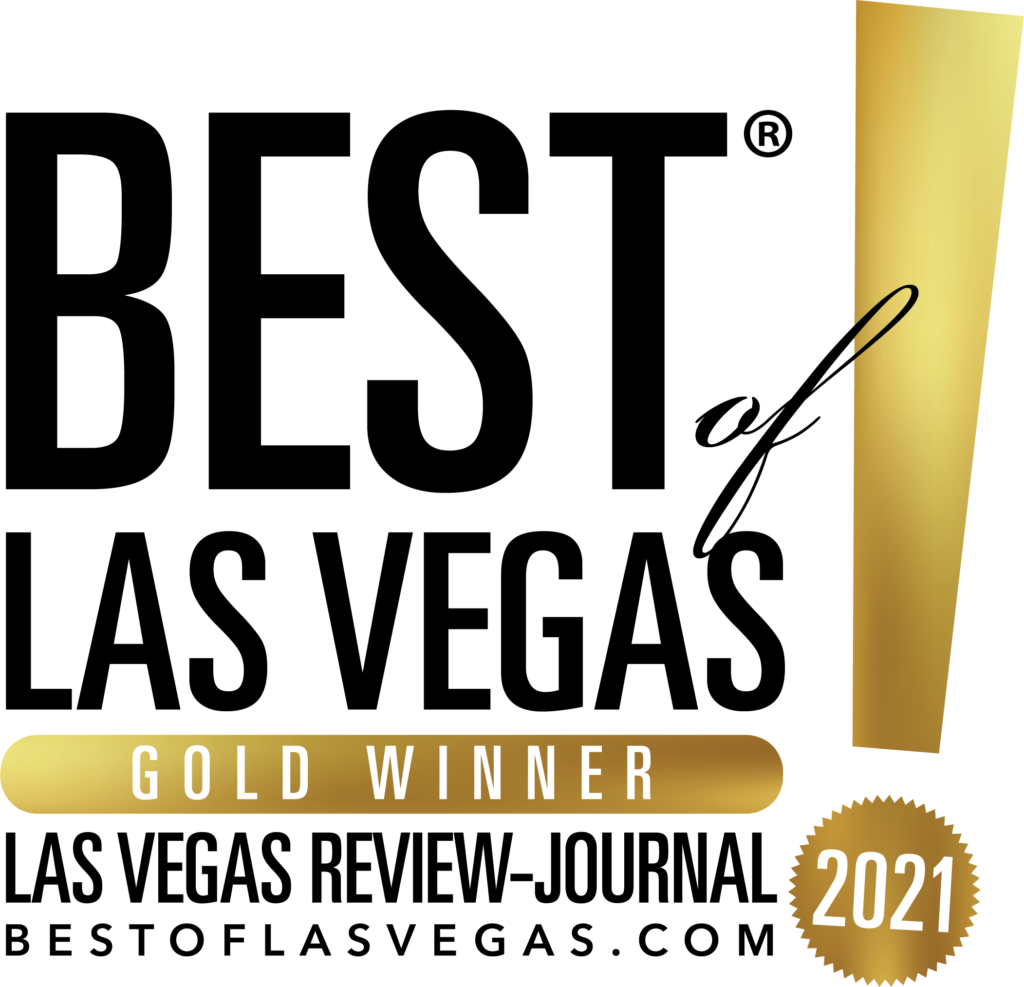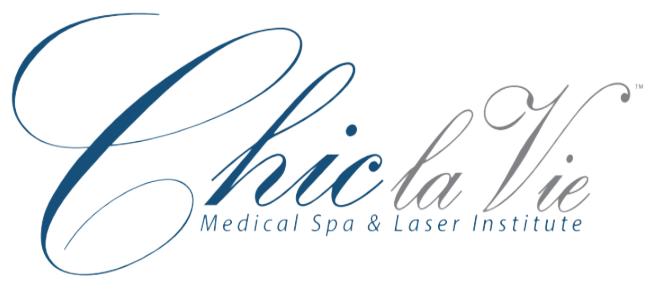Chic la Vie Med Spa
7650 W Sahara Ave suite 3, Las Vegas, NV 89117
+1 702-233-8535
Medical spa in Las Vegas, Nevada
[email protected]
Meet QWO (collagenase clostridium histolyticum-aaes).
QWO is the first and only FDA-approved injectable for cellulite.
Available now at our practice.
QWO is a prescription medicine used to treat moderate to severe cellulite in the buttocks of adult women. Talk to your healthcare provider to see if QWO may be right for you. There are risks associated with this product. You should not receive QWO if you are allergic to any collagenase or the ingredients in QWO, or have an active infection in the treatment area. Serious side effects: allergic (hypersensitivity) reactions, including anaphylaxis, and injection site bruising may occur. These are not all the side effects of QWO.
[evp_embed_video url=”/wp-content/uploads/2021/04/EA-QW-05324_QWO_SocialPosts_4.mp4″]See full PI bit.ly/3qzLsZq.Before & After Results
[wb_vc_before_after_image_comparison before_image=”5464″ after_image=”5465″ image_size=”large” wbvcbaic_orientation=”” wbvcbaic_default_offset=”” wbvcbaic_before_text=”” wbvcbaic_after_text=”” wbvcbaic_click_to_move=”” wbvcbaic_move_on_hover=””]Age: 43FST: IV
BMI: 28.9
FST = Fitzpatrick skin type
BMI = Body mass index
Primary Efficacy Endpoint:
Two-grade or better improvement measured by both physician and patient rated photonumeric cellulite severity score assessments occurred in 7.6% (P=.006) of patients.3 Phase 3 subject images. Individual results may vary.[wb_vc_before_after_image_comparison before_image=”5469″ after_image=”5470″ image_size=”large” wbvcbaic_orientation=”” wbvcbaic_default_offset=”” wbvcbaic_before_text=”” wbvcbaic_after_text=”” wbvcbaic_click_to_move=”” wbvcbaic_move_on_hover=””]
FST: III
BMI: 17.9
FST = Fitzpatrick skin type
BMI = Body mass index
Primary Efficacy Endpoint
Two-grade or better improvement measured by both physician and patient rated photonumeric cellulite severity score assessments occurred in 7.6% (P=.006) of patients.3 Phase 3 subject images. Individual results may vary.[wb_vc_before_after_image_comparison before_image=”5481″ after_image=”5482″ image_size=”large” wbvcbaic_orientation=”” wbvcbaic_default_offset=”” wbvcbaic_before_text=”” wbvcbaic_after_text=”” wbvcbaic_click_to_move=”” wbvcbaic_move_on_hover=””]
FST: II
BMI: 23.6
FST = Fitzpatrick skin type
BMI = Body mass index
Primary Efficacy Endpoint:
Two-grade or better improvement measured by both physician and patient rated photonumeric cellulite severity score assessments occurred in 7.6% (P=.006) of patients.3 Phase 3 subject images. Individual results may vary.[wb_vc_before_after_image_comparison before_image=”5486″ after_image=”5487″ image_size=”large” wbvcbaic_orientation=”” wbvcbaic_default_offset=”” wbvcbaic_before_text=”” wbvcbaic_after_text=”” wbvcbaic_click_to_move=”” wbvcbaic_move_on_hover=””]
FST: III
BMI: 37.4
FST = Fitzpatrick skin type
BMI = Body mass index
Primary Efficacy Endpoint:
Two-grade or better improvement measured by both physician and patient rated photonumeric cellulite severity score assessments occurred in 5.6% (P=.006) of patients.11 Phase 3 subject images. Individual results may vary.



